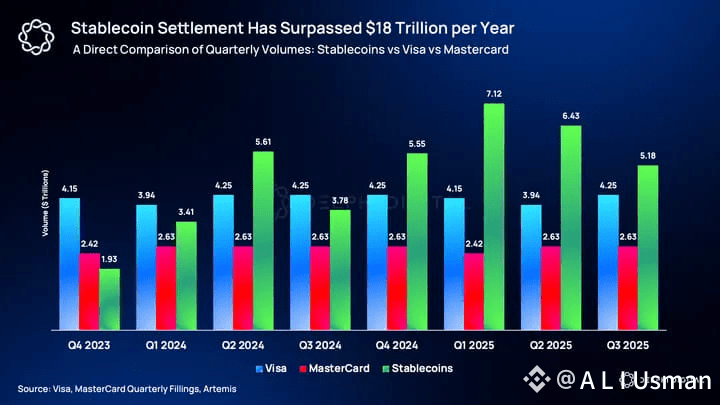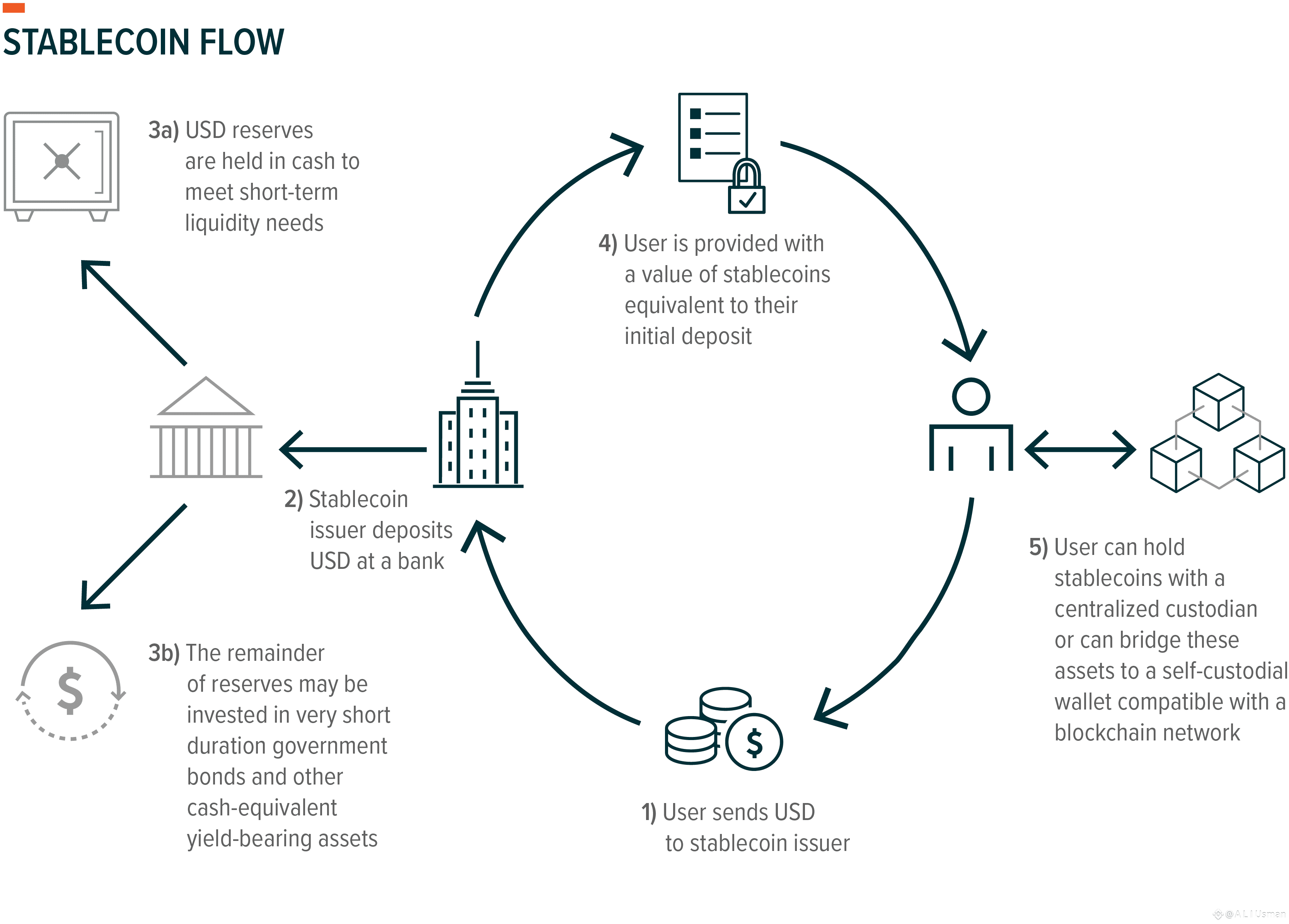Plasma: The New Global Financial Rails Built for Stablecoins
Thirty days after the mainnet launch of Plasma — a Layer-1 blockchain built explicitly for stablecoins — the network is already making waves. With zero-fee USDT transfers, block times of one second and finality under three seconds, Plasma is staking a bold claim: this isn’t another generic chain, it’s a stablecoin-native infrastructure.

Early Performance & Traction
In just its first month, Plasma processed approximately 75 million transactions, translating to an average of about 2 million transactions per day — impressive for a brand-new network. Alongside that, the network onboarded over 2.2 million users, with around 20,000 new active wallets daily, highlighting strong initial user uptake.

Liquidity and Stablecoin Ecosystem
The network launched with an unusual level of liquidity out of the gate: initial USDT liquidity was around $2 billion, and within the first two days an additional $4.8 billion flowed in, bringing net inflows to about $7.8 billion. That scale of liquidity is rarely seen at launch.
On the stablecoin supply front, Plasma reached more than $7 billion in just two weeks, positioning itself among the top chains by liquidity. For example
USDT: ~$4.9 billion
sUSDe: ~$1.25 billion
USDe: ~$0.6 billion
Others: syrupUSDT, wstUSR, USDai comprising ~hundreds of millions
DeFi & Lending Activity
The ecosystem opened strong, launching with 100+ DeFi integrations. One highlight: the protocol Aave on Plasma quickly became the #2 market, with roughly $5 billion supply and $2.1 billion borrowed. Top assets included USDT (~$2.2 billion), sUSDe (~$590 million), and weETH (~$560 million). Another primitive, Euler Finance, launched simultaneously with around $710 million deposits, $359 million borrows, and ~50% utilization — a strong start for lending-borrowing markets.

why This Matters
Why is Plasma’s early momentum noteworthy? Because it points to a shift: stablecoins are massive in scale (hundreds of billions in supply, trillions in monthly volume) and they demand infrastructure built for payments, not general-purpose compute. Plasma’s design reflects that focus:
Zero-fee (for USDT transfers) removes friction.
Sub-second block times and low latency boost usability.
Full EVM compatibility means developers can deploy familiar tooling without reinventing the wheel.
The liquidity and DeFi activity show the network isn’t just theoretical—it’s operational.

Analytical Considerations & Risks
That said, it’s not without caveats:
Competition is fierce: other chains and L1s are closing in on stablecoin-optimized architectures.
Adoption beyond the initial surge matters: sustainable network effects, diverse applications and liquidity depth will determine long-term value.
Token economics and token unlock schedules matter for XPL’s value.
Regulatory scrutiny looms: given the stablecoin focus, global regulatory frameworks could impact growth or introduce constraints.
My Take
In less than a month, Plasma has demonstrated that a network purpose-built for stablecoins can scale fast, draw liquidity, and support meaningful DeFi activity. It isn’t simply a faster variant of existing chains — it’s staking a claim on payments and global money-movement as its core use-case. If sustained, that specialization could give it an edge in the evolving financial-rails landscape.
In short: Plasma is not just another L1. It’s positioning itself as the infrastructure layer for stablecoins — and the early signs are promising. Whether it remains a niche or becomes foundational depends on execution, ecosystem growth and regulatory clarity.